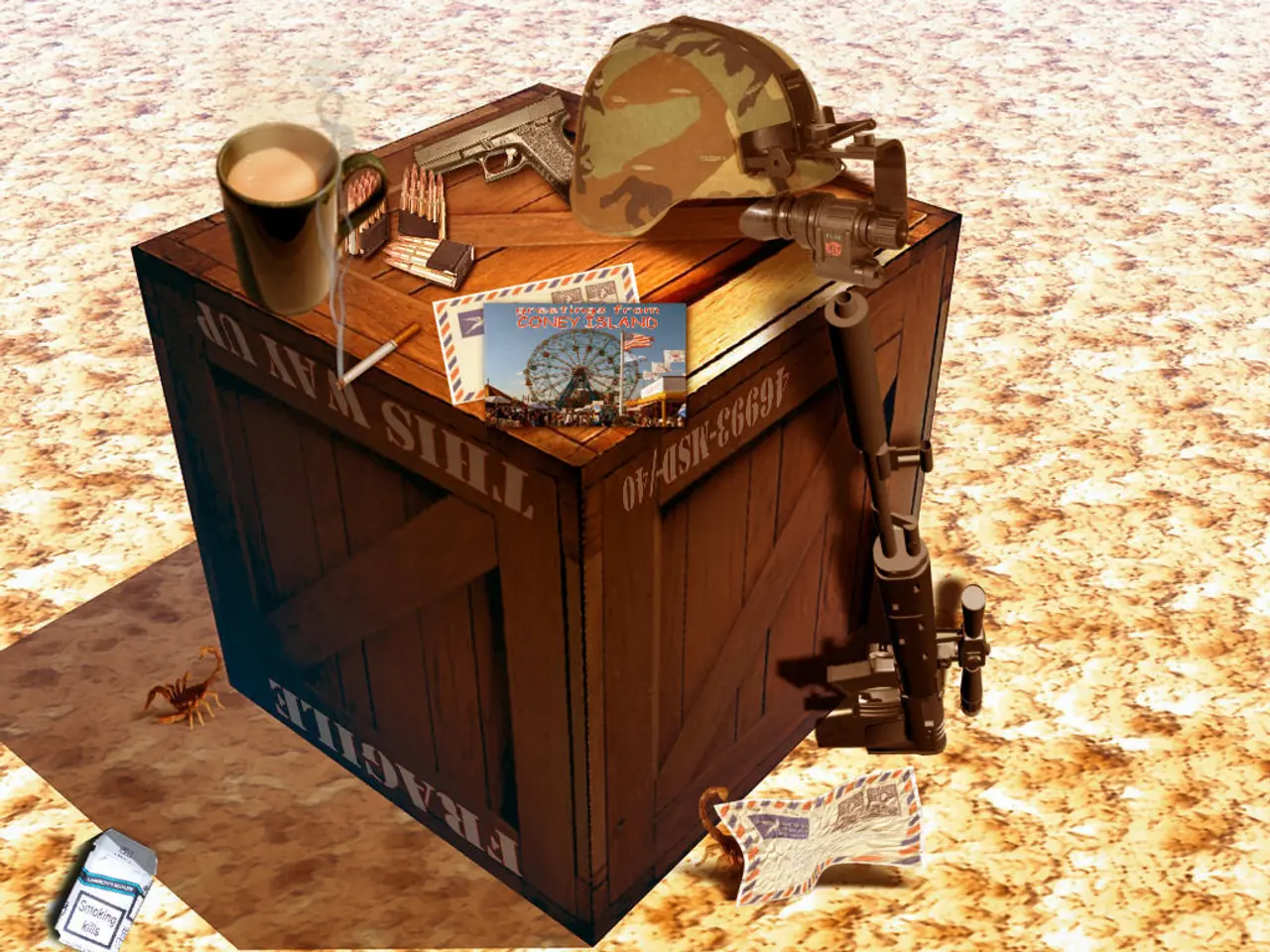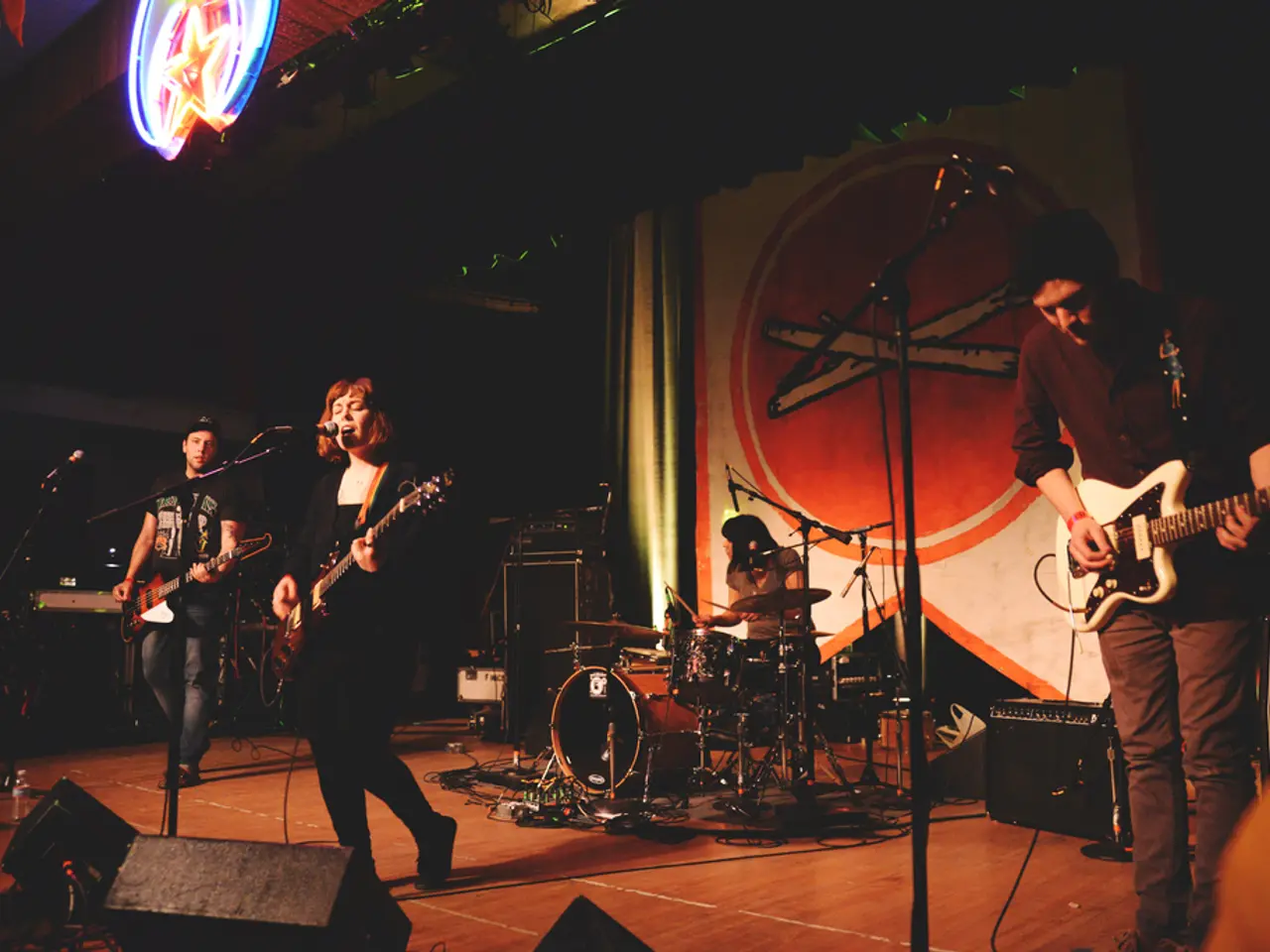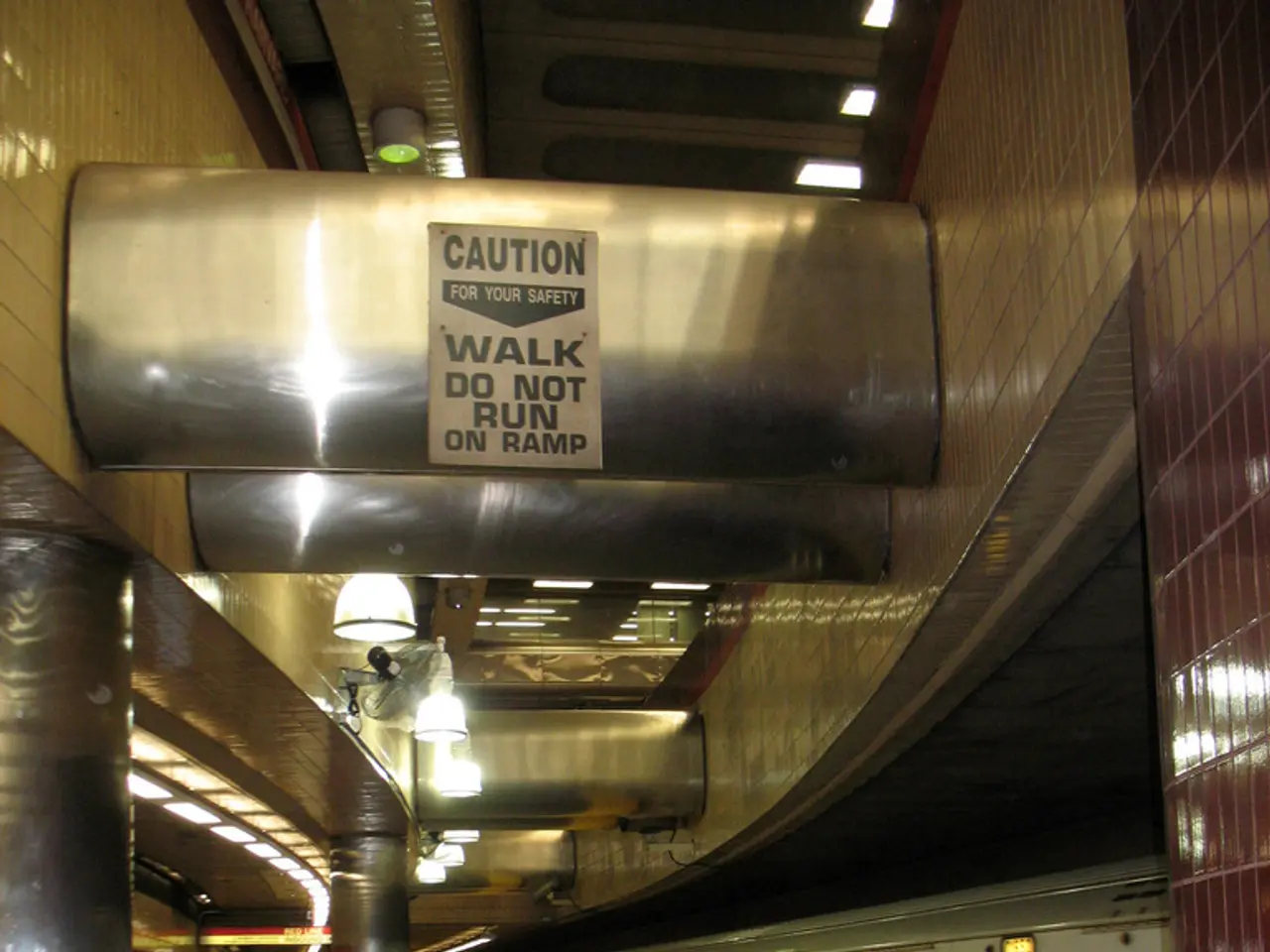Strategies for Music Practice and Sight Reading Mastery
Learning to sight-read piano music can be a challenging yet rewarding experience. Here are some top tips to help you improve your skills.
One key aspect to remember is that our mind processes new information one piece at a time when learning. This principle applies to sight-reading piano music as well. Prioritize learning difficult sections first when practicing, and focus on mastering rhythm before adding melodic complexity.
Effective sight-reading comes from a combination of rhythmic solidity, consistent short practice, strategic preparation, and gradually increasing difficulty with customizable exercises. To begin, pre-play scan the sheet music before playing, focusing on notes, rhythms, and key signatures. Maintain a steady rhythm or beat while playing and avoid stopping to fix mistakes mid-play. Practice daily in short, focused sessions of 5–10 minutes to build consistency and skill.
Another helpful technique is to master rhythm first before adding melodic complexity, as rhythm is the foundation of sight-reading. Use randomized sight-reading exercises that match your skill level to build adaptability with different musical styles and time signatures. Practicing sight-reading in ensemble settings can also improve timing and confidence by playing with others.
Applying structured, simple exercises daily such as arpeggios, basic rhythms, and hand independence drills can yield effective improvement. Slow down difficult passages and focus on dynamics during practice to gradually increase accuracy and musicality. Watching instructional videos and following step-by-step beginner tips can also guide the learning process systematically.
For pianists, wrist technique relies on knowing the rhythm first. Skim-read the rest of the piece to understand its general shape, even without playing it. Prioritize notes and rhythm when sight-reading piano music. When sight-reading piano music, it's important to approach it methodically. Technique, the physical tools used to play a passage, should be considered after rhythm.
Learning many different keys is advantageous for sight-reading, as it allows us to make educated guesses about where patterns are going. Sound and dynamics are important for the 'presentation' of the piece, including phrasing, tone, articulation, pedaling, or vibrato. To read piano music and sheets, it's best to learn bit by bit, from sections down to phrases and notes. Before starting to sight-read, it's useful to check the key signature of the music.
Learning a new piece requires a systematic approach, focusing on one element at a time. Sight-reading music requires thinking on our toes and reading ahead unlike learning a new piece over weeks or months. Tempo should be practiced after all other elements are put together.
With regular, mindful practice and the use of tools like Sight Reading Studio or specialized apps, you can significantly improve your piano sight-reading skills over time. Happy practicing!
- For a beginner, focusing on mastering rhythm before adding melodic complexity can be a beneficial technique when sight-reading piano music.
- Sight-reading different musical styles and time signatures can be achieved by using randomized exercises that match one's skill level.
- Understanding a piece's key signature before sight-reading is essential, as it aids in making educated guesses about where patterns may lead.








